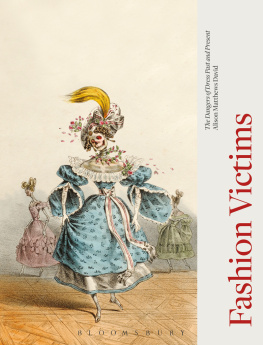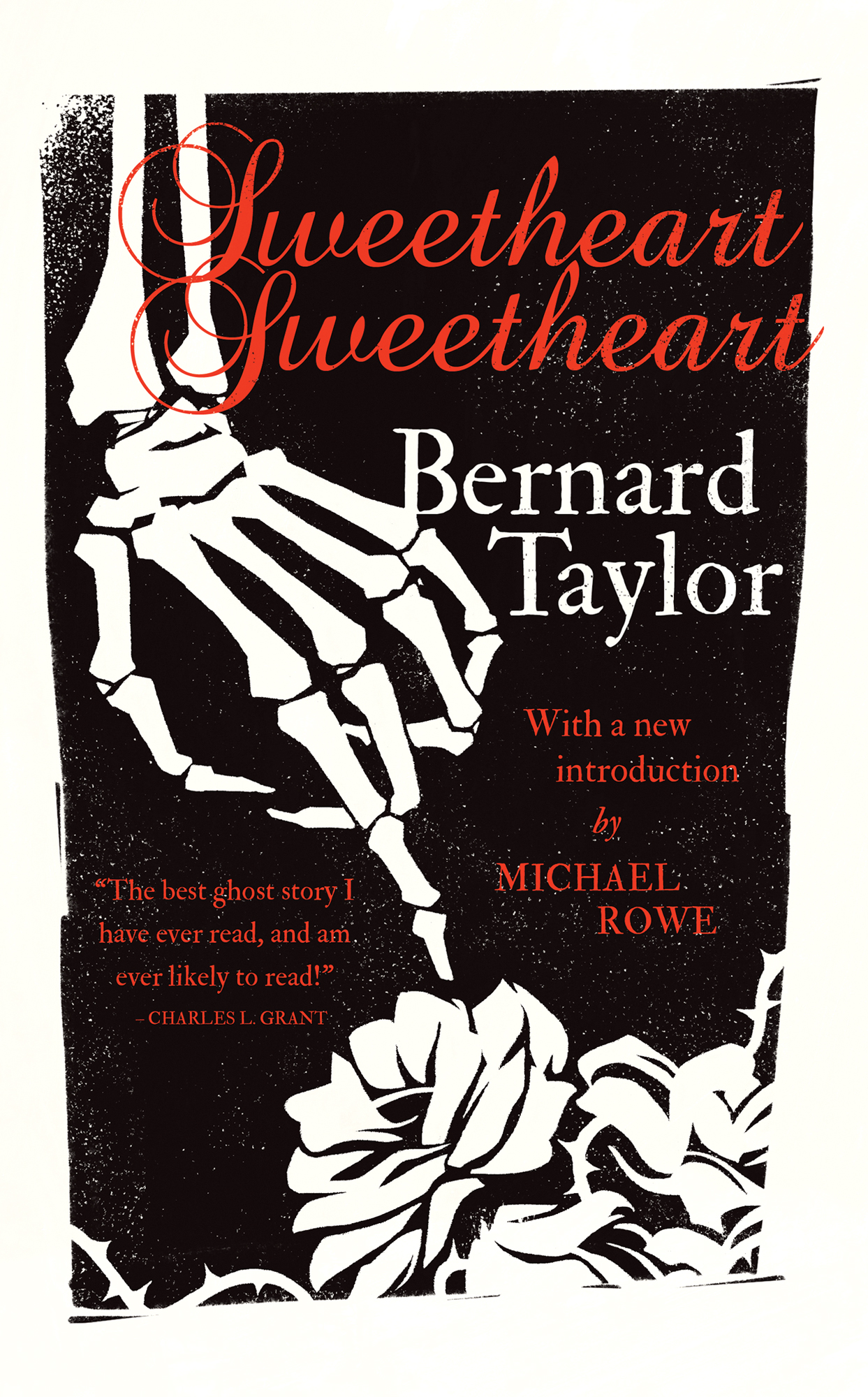SWEETHEART, SWEETHEART
BERNARD TAYLOR
With a new introduction by
MICHAEL ROWE
VALANCOURT BOOKS
Dedication: This is for my mother and Tom.
Originally published in Great Britain by Souvenir Press in 1977
First Valancourt Books edition 2015
Copyright 1977 by Bernard Taylor
Introduction 2015 by Michael Rowe
The right of Bernard Taylor to be identified as Author of this work has been asserted by him in accordance with the Copyright, Designs and Patents Act 1988.
Published by Valancourt Books, Richmond, Virginia
http://www.valancourtbooks.com
All rights reserved. In accordance with the U.S. Copyright Act of 1976 , the copying, scanning, uploading, and/or electronic sharing of any part of this book without the permission of the publisher constitutes unlawful piracy and theft of the authors intellectual property. If you would like to use material from the book (other than for review purposes), prior written permission must be obtained by contacting the publisher.
Cover by M. S. Corley
Love Never Dies: An Introduction to Sweetheart, Sweetheart by Bernard Taylor
I cant see the sun right now; theres an angel in the way.
As I lie here in the short-cropped grass with my eyes just half open a butterfly alights on the carved angels head. It stays only a few secondsits wings opening and closingthen takes off, fluttering away, dancing up and down over the grey stone wall.
Thus opens Bernard Taylors chilling classic English ghost story, Sweetheart, Sweetheart, first published in 1977 , republished for the American mass-market audience by Leisure Books in 1992 , and now reissued in a handsome new edition by Valancourt Books in 2015 for a new generation to discover, cherish and thrill to.
The novels lifespan of nearly forty years tells one truth above all: Sweetheart, Sweetheart is a masterpiece, one of the great ghost stories of the second half of the th century.
Even within the horror fiction field, let alone within mass-market horror, trends have come and gone, others have mutated and adapted to the changing tastes of the decades. There has been absolutely superb work done in the field of classic ghost story fiction in the years since Sweetheart, Sweetheart first found its way into readers hands: to name the brightest stars in the canon, Stephen King published The Shining in the same year Sweetheart, Sweetheart was published; Peter Straubs epic Ghost Story was first published in 1979 (though to be fair, his first novel to deal with the supernatural, the ghost story Julia , was published in 1975 ); Susan Hills The Woman in Black was first published in 1983 . Jonathan Aycliffe (the pen name of Denis MacEoin) published Naomis Room in 1992 . In the mass-market paperback original field, there were the spectacular quiet horror novels of Charles L. Grant, Michael McDowell, and Douglas Clegg, and others, all of them small, perfect jewels.
All of these writers went on to internationally acclaimed careers in the field since then, with many, many novels between them, brilliant, terrifying, elegant stories that reached for readers like a cold, bony hand in the dark, a hand that didnt let go until the last page was turned and the book was closed. Between them, and in the company of other top-drawer writers, they provided a standard against which all serious writers of supernatural fiction must measure themselves, and do.
And yet, there is something about Sweetheart, Sweetheart , last read between the now-tattered black covers of a paperback that can still be found in second-hand bookstores throughout the English-speaking world, that shines with a dark light all its own, a light that hasnt died out in nearly four decades. This first-person tale, which begins with the narrator lying atop his brothers grave in a remote cemetery, is somehow as timeless and terrifying today as it was in 1977 .
In the canon of th-century ghost stories, Sweetheart, Sweetheart has ceded none of its primacy to the years.
The novels protagonist, David Warwick, a transplanted Englishman living in New York, receives a sudden, violent premonition that he needs to return to England and visit his recently married twin brother, Colin, whom he hasnt seen in years. Upon arriving in London, his father, from whom he is estranged, informs David that Colin has been killed in a car crash and has left David Gerrards Hill Cottage, the property in the village of Hillingham that Colin and his wife, Helen, had purchased and refurbished. Davids father adamantly refuses to discuss Helen, and it is only when David arrives at Hillingham that he discovers that Helen, too, has died, in a fall from the roof of Gerrards Hill Cottage.
The two mysterious deaths, both abrupt and within days of each other, set the stage for the supernatural elements to comeelements Im not going to reveal. I found my way to Gerrards Hill Cottage and the terrible thing that waited there all on my own.
I paid the price. So can you, my friend.
Still, as a novelist who owes a tremendous debt to the literary and storytelling gifts of Bernard Taylor, I do want to make few brief remarks on the writing itself.
Classic Gothic fiction tends to rely on certain redoubtable tropescastles, vast country houses, or ruined abbeysand makes ample use of darkness; Sweetheart, Sweetheart takes place almost completely in the sunlight. Furthermore, not just any sunlight, but the sunlight peculiar to the idyllic English country summer of legend, in a cottage replete with a luxurious rose garden, itself as emblematically British as could be.
This subversionlight against darkis worthy of mention, first of all because only a horror writer with a full palette of gifts could have pulled it off, and also because with it, Taylor preemptively injects an element of realism into the novel, realism that removes a significant measure of readers ability to protectively distance themselves from the chills to come. It establishes the credentials of the horror to come because if that horror can happen here, in the midst of all this beauty, it can happen anywhere, and there is nowhere to hide. From the first line, you find yourself not merely in the haunted world of Gerrards Hill Cottage and the sweet, somehow sinister, scent of sun-warmed roses, but in the mind of a man lying atop his brothers grave.
Sweetheart, Sweetheart is likewise peopled with resonant characters, large and small, all of them perfectly drawn, shaded and nuanced to the point that they walk through the novel almost of their own volition, opening and closing doors in the readers mind and leaving echoes in their wake. Like the perfect setting itself, none of them seem to be entirely what they are. This too has the effect of keeping the reader perpetually off balance as the screw tightens and everything in the story shimmers with ever-increasing menace until the soul-searing crescendo.
Most of all, Taylors novel, in addition to being one of the finest ghost stories of its time, is a love story of sorts. Sweetheart, Sweetheart is a powerful meditation on the deathless nature of love and desire.
Not the good kind of love, the life-giving, heart-filling kind, but also the kind of love that lives in the darkest of hearts: the kind of love that doesnt offer, but rather demands. The kind that takes rather than gives, the kind that would rather see the object of its devotion dead alongside it than have the object alive outside its sphere of influence. Homicidal love, insane love, love that literally never dies.
Love that is more terrifying even than hate.
My very patient editors at Valancourt Books have instructed me in no uncertain terms not to reveal spoilers in this Introduction to one of my favourite novels that Im so very honoured to have been asked to write.




















